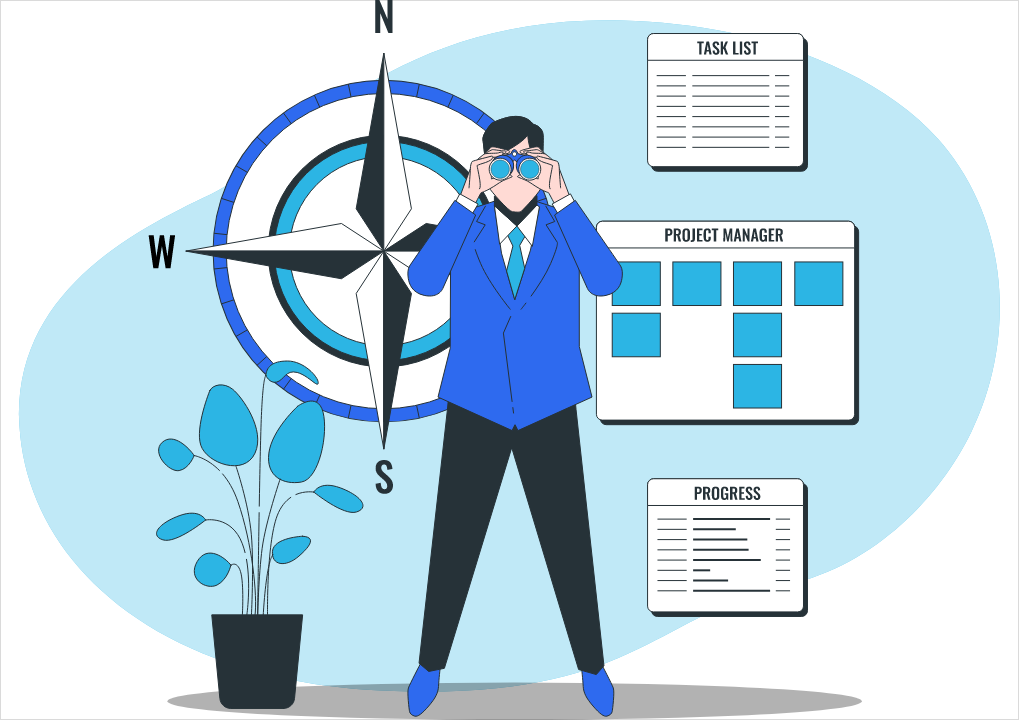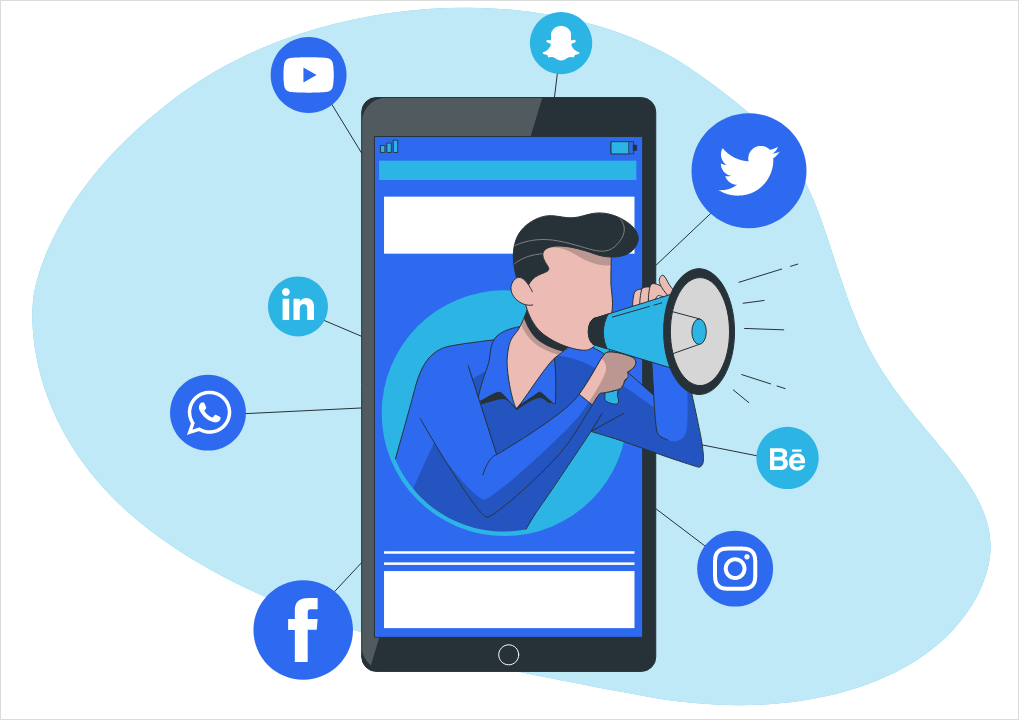The theme of female empowerment in ads doesn’t look like it’s going away anytime soon – and why should it? Female empowerment ads seem to have a great impact on audiences!
Reliable statistics show that about 75% of people surveyed in the US wished to see more female empowerment in ads. After all, ads often leave profound impressions on users of all ages, nationalities, and other demographics.
However, not everyone seems convinced about why female empowerment in ads is a good thing. Let’s explore the importance of female-centric ads here.
Gender Inequality in Ads
A major reason why women want more female empowerment ads is that there wasn’t much in the past. Who can blame them?
Over the last decade or so, there have been very few ads based on the female experience. It’s interesting to note, though, that there have always been ads for feminine products.
Gender inequality in ads has been pretty prevalent ever since ads that found their way to television screens. These ads represented women in certain roles that can be considered stereotypical at best and sexist at worst.
Think about it, growing up, how many ads did you see on TV for home appliances and cookware? Dozens? Great! Now, how many of the ads featured a man using these appliances or utensils?
You see the point here – ads draw inspiration from prevailing social norms. In doing so, they often (intentionally or unintentionally) perpetrate inequality and misrepresentation.
Also, it’s not just about fitting women into certain gender-based roles. While pigeonholing is one thing, discrimination is quite another.
The inequality isn’t limited to how women ads represent women. It’s also about how ads don’t represent them.
For instance, in the past, most ads featuring a corporate office space featured a man as the protagonist. It’s only in the last few years where we’ve seen ads featuring women in positions of influence.
Now more than ever, audiences are recognizing the importance of targeting their ads toward women. By targeting, we don’t just mean making ads for products and services created for women.
We mean ads that portray the feminine experiences as closely as possible. These ads can be considered female empowerment ads or feminist ads.
Audiences believe that such ads have a positive impact on how society views women. After all, ads have a significant reach.
With the introduction of online display advertising, this reach is now bigger than ever. News websites, shopping sites, social media channels, gaming apps – you name it! Every kind of online platform features display ads.
So, if these ads aim to send out a message, it’ll reach a massive audience.
The Power of Execution
Now that we agree female empowerment in ads is great, the question arises: How should brands portray this message?
More often than not, brands alienate audiences when they’re trying to make a statement. Remember when Pepsi tried to send out the message that protesting injustice is cool? Remember how it featured Kendall Jenner bringing everyone together by handing out soda?
The brand received major backlash for its tasteless portrayal of serious issues. But did the ad makers believe audiences would react to it that way? Probably not. Why else would they spend so much on it?
The point still stands: it often doesn’t matter what you say, but how you say it. In other words, executing your vision of promoting female empowerment is the most significant component of your campaign.
While it’s important to target female empowerment ads toward women, you don’t have to alienate men in the process. This advice is especially helpful if you’re selling a unisex product or service.
Remember, just because you’re making an ad on female empowerment, doesn’t mean men won’t be watching your ads. So, it’s important you don’t engage in male-bashing or throwing punches to prove your point.
Instead, craft your ads around the concept of equality in the home, workspace, and other common ground among men and women.
Besides, it doesn’t hurt to feature females in these ads. If anything, it’ll have a positive impact on your audiences. Surveys show that ads featuring women have a greater degree of likeability and memorability.
Relatability should also play a major role here. If viewers can’t associate themselves with the characters they view on screen, they wouldn’t find your ads interesting.
Unfortunately, gender bias still exists among views to some extent. Studies show that plenty of viewers will purchase household items and baby products based on ads that feature women in them.
Perhaps it’s not fair to expect all brands to dismiss the idea of featuring female actors for such ads. After all, they can’t afford to alienate a major section of their consumer base.
However, it wouldn’t hurt to mix things up now and then to send out a message. Sending out the right message will help you retain more customers in the long run.
Aside from that, it will even help your ads age better!
The Future of Female Empowerment in Ads
Featuring female empowerment in your marketing strategy can work wonders for your brand image. Brands like Nike are proof enough of this.
Keep in mind though that execution is of paramount importance here. You can make a considerable impact on your viewers if you focus on how you say what you want your audience to hear.
Your audience will not only associate your ads with your brand but also with the female empowerment movement. When you choose to talk about such topics, you become a part of something much larger than your brand.
So, navigating it in the right way can make all the difference between resonating with audiences and facing their scepticism.






